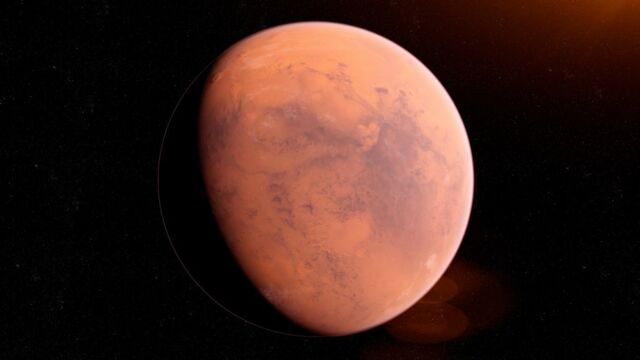After observing only wind recordings for over two years, InSight lander has finally detected two sizeable rumblings that scientists are calling 'marsquakes.'
Discover our latest podcast
InSight lander’s recordings
InSight lander stationed itself on the Red Planet in November 2018, and has since picked up over 500 tremors, out of which only two were stronger than the recent recordings. Those quakes had magnitudes of 3.6 and 3.5, and they happened over two Earth years ago, or a full Martian year ago. Whereas the most recent quakes had magnitudes of 3.3 and 3.1.
Seismologist, John Clinton, who is also the head of InSight’s Marsquake Service said:
It's wonderful to once again observe marsquakes after a long period of recording wind noise
One Martian year on, we are now much faster at characterising seismic activity on the Red Planet.
More on ‘marsquakes’
Now, what’s strange about the rumblings is that although we call them ‘marsquakes’, Mars doesn’t have the sametectonic activity as Earth. Scientists believe that these tremors were triggered by a huge burst of energy deep below the surface of the planet. What’s even more interesting is that all of these significant rumbles happened in the same location, called Cerberus Fossae, and NASA believes that this is where all the volcanic activity occurs.
Taichi Kawamura, Researcher at France’s Institut de Physique du Globe de Paris explained ‘marsquakes’ further:
Over the course of the mission, we've seen two different types of marsquakes: one that is more 'Moon-like' and the other, more 'Earth-like'
Earthquake waves travel more directly through the planet, while those of moonquakes tend to be very scattered; marsquakes fall somewhere in between.
Interestingly all four of these larger quakes, which come from Cerberus Fossae, are Earth-like.
Scientists hope that by studying marsquakes, they will be able to figure out how rocky planets are formed, which could possibly give them more insight about if these planets will be able to support life.















